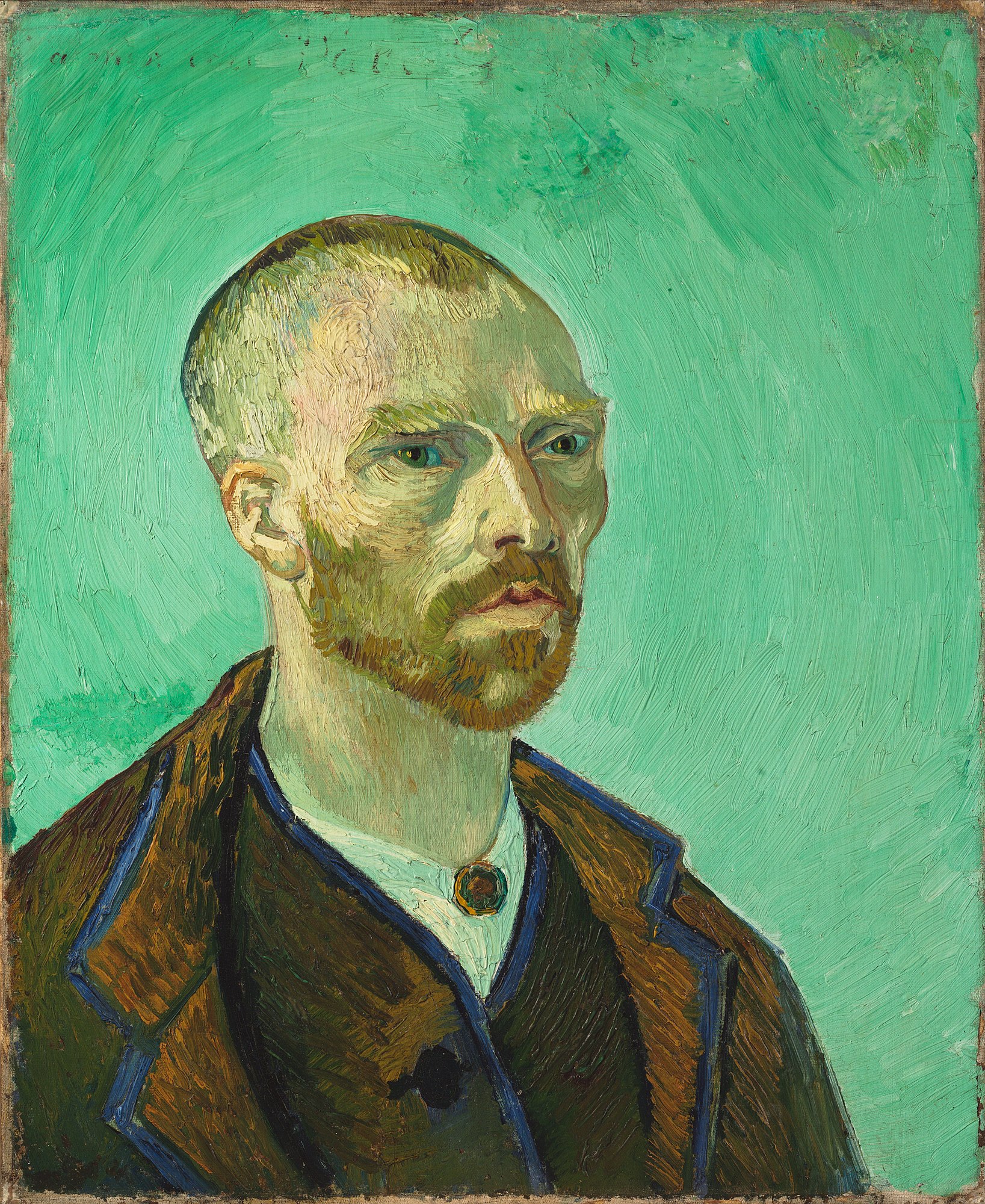Paul Cézanne in 10 Paintings
Paul Cézanne (1839–1906) was one of the most influential and greatest of the Post-Impressionist painters. Here is a list of ten different...
Sam Malone 17 February 2025
11 November 2024 min Read
People say that you shouldn’t live with your friends because your friendship may deteriorate. The story of the friendship between Vincent van Gogh and Paul Gauguin can be used as an example!
They met for the first time in Paris in 1887. Vincent van Gogh had left Antwerp and to join his brother Theo. Meanwhile, Paul Gauguin was returning from Martinique with his exotic and colorful set of paintings. He fascinated Van Gogh as an artist who made “art of the future.” Gauguin, in turn, initially saw the Van Gogh brothers as merely a potential new connection to the art market and the source of money which he needed so badly. Subsequently, they exchanged a couple of paintings: Van Gogh sent two studies of sunflowers (one of them above) and Gauguin sent On the Shore of the Lake, Martinique (Negresses) from 1887. This unique correspondence started their exchange of letters and ideas.

In 1888, they both left Paris. Gauguin traveled to Brittany to explore the countryside and search for the roots of existence among the “primitive” peasants. Van Gogh moved to Arles in the south of France where his dream of establishing a commune for artists to live and work together began to develop. He rented a yellow house and invited Gauguin to come to live with him. Surprisingly or not, Gauguin agreed. Yet, before his arrival, they both continued to exchange paintings and letters.

The period before Gauguin’s transfer to the “Studio of the South” was a very prolific time for both of the artists. They worked hard on shaping their original styles and philosophies. They both considered themselves special: Gauguin thought of himself as an outcast rejected by society; Van Gogh looked up to Gaugin, regarding himself as a monk or disciple of the “new art”.

Gauguin moved in on October 23rd, 1888. They lived together for two months. They ate, worked, and debated about art. As winter approached, they were forced to spend more and more time together. Their different and strong personalities clashed too often, to the point that Van Gogh called their relationship “excessively electric”. Their debates grew even more heated and they worked very intensely but in two completely different ways.
Van Gogh painted rapidly and preferred painting from nature, Gauguin on the other hand, chose to work from memory in a slow and methodical manner. At the end of December, Van Gogh, exhausted and distressed, threatened Gauguin with a knife. He then cut off part of his own ear. Gauguin fled, never to see Van Gogh again.

Gaugin having left Arles, the pair continued to exchange letters until Van Gogh’s death 19 months later. Gauguin traveled to Tahiti soon after, in April 1891. Although his style remained different, the intense discussions with Van Gogh left a mark on his painting. One such example was the sunflower, Van Gogh’s favorite flower which accompanied their friendship from the very beginning.
DailyArt Magazine needs your support. Every contribution, however big or small, is very valuable for our future. Thanks to it, we will be able to sustain and grow the Magazine. Thank you for your help!